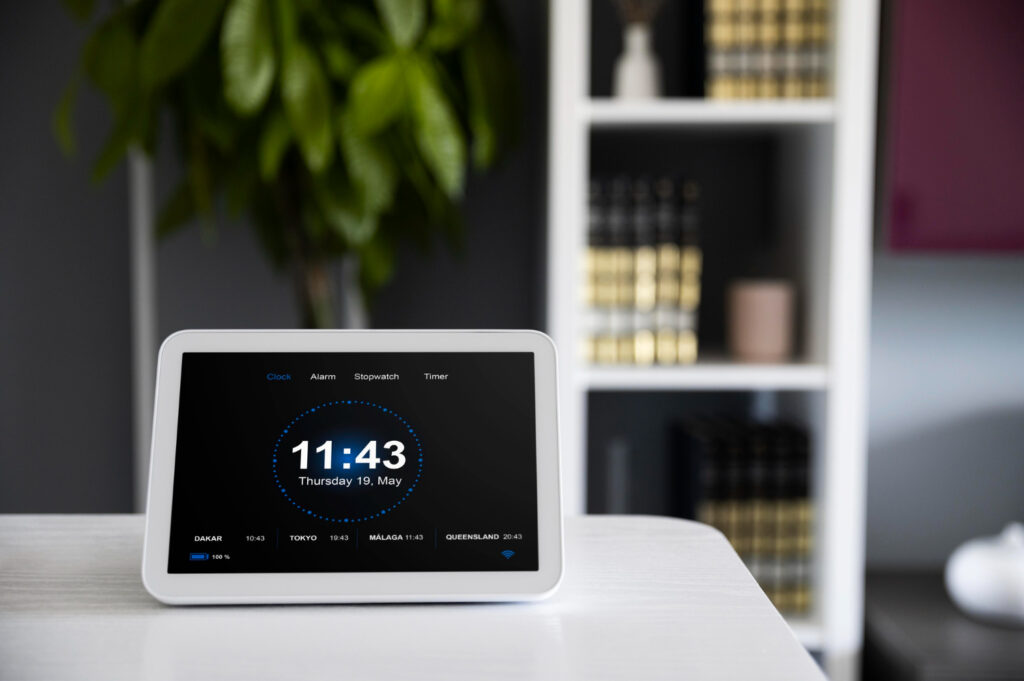Privacy Smart Home 2025: Future of Safe Living
Introduction
The rise of smart technology has transformed the way we live, from voice-activated assistants to intelligent thermostats. Yet, as we move deeper into 2025, one concern dominates every household: privacy smart home 2025 solutions. Homeowners want connected living without compromising personal data security. This article explores how privacy-first smart home innovations are shaping the future of modern living, ensuring both convenience and protection.
Table of Contents
Why Privacy Matters in Smart Homes
Smart homes rely on interconnected devices that collect and share vast amounts of personal data. From your daily routines to your energy usage, these devices often store sensitive information in the cloud. Without strong privacy measures, this data can be exposed to cybercriminals, advertisers, or unauthorized third parties.
In 2025, the emphasis is no longer just on convenience—it’s about balancing functionality with data protection. Families now expect smart home ecosystems that safeguard their digital lives as effectively as they manage their physical homes.
Key Features of Privacy Smart Home 2025 Technology
1. Edge Computing for Local Data Processing
Instead of sending all data to cloud servers, new devices in 2025 prioritize edge computing. This means data is processed directly on the device or within the home hub. For example, voice assistants can now interpret commands without recording every conversation to remote servers, significantly reducing privacy risks.
2. End-to-End Encryption
From smart cameras to connected locks, end-to-end encryption ensures that only authorized users can access the data. Even manufacturers cannot view or intercept the information, giving homeowners total control.
3. Decentralized Networks
Blockchain-based home networks are gaining popularity. Unlike centralized systems, decentralized structures distribute control, making it harder for hackers to exploit vulnerabilities.
4. Enhanced User Control Dashboards
Modern smart home hubs now come with intuitive privacy dashboards. These interfaces allow homeowners to:
- Monitor what data is being collected
- Choose where it is stored
- Delete unwanted records instantly
Privacy Challenges in Smart Homes
Despite advancements, challenges still exist in 2025. Many households struggle with:
- Compatibility issues: Not all devices follow the same privacy standards.
- Third-party apps: Some integrations may bypass built-in privacy protections.
- User awareness: Homeowners often lack the technical knowledge to configure devices securely.
This is why industry leaders emphasize consumer education alongside technology upgrades.
Privacy Smart Home 2025: Top Devices to Watch
Smart Security Cameras
Cameras with local storage and encrypted streaming are now standard. AI-powered detection allows cameras to identify potential threats without uploading unnecessary footage to external servers.
Voice Assistants
New-generation assistants prioritize on-device processing, meaning voice data never leaves the home. Privacy settings are transparent, giving users more confidence.
Smart Locks and Entry Systems
Biometric locks in 2025 offer advanced privacy controls. Users can set temporary access codes that expire automatically, reducing the risk of data misuse.
Energy-Saving Devices
Smart thermostats and lighting systems are now designed to learn user habits without sending data to external providers, creating a secure and energy-efficient environment.
Practical Tips to Build a Privacy-First Smart Home
- Invest in Certified Devices
Look for devices with certifications like Privacy by Design or GDPR compliance. - Regularly Update Software
Outdated software is a prime target for hackers. Set up automatic updates whenever possible. - Use Secure Networks
Always connect devices through a dedicated and encrypted Wi-Fi network. - Limit Third-Party Integrations
Only install trusted apps that clearly state how they handle your data. - Review Privacy Settings Monthly
Adjust device permissions and disable unnecessary data collection features.
The Role of Regulations in 2025
Governments and organizations worldwide are implementing stricter data protection regulations. In Europe, the GDPR continues to evolve, influencing manufacturers to adopt stronger security measures. In the U.S., new state-level laws are pushing tech companies to be more transparent about how smart home data is used.
This legal shift ensures that homeowners gain better protection while pushing companies to innovate responsibly. You can learn more about these global efforts at OECD Digital Privacy.
Future Trends: Where Privacy Smart Home 2025 Is Headed
Looking forward, the smart home industry is expected to focus on:
- AI-powered anomaly detection that recognizes unusual activity without exposing personal data.
- Sustainable privacy tech where devices use minimal energy while maintaining maximum security.
- Open-source platforms that allow transparency and community-driven improvements.
These advancements ensure that future homes will not only be more intelligent but also more privacy-centric.
Conclusion
The privacy smart home 2025 movement represents a pivotal shift in how we balance technology with personal security. As households adopt smarter devices, the emphasis is no longer just about comfort but also about protecting digital identities. By choosing privacy-first solutions, you can enjoy the convenience of modern living without sacrificing your most valuable asset—your data.
If you are exploring more smart gadgets that align with privacy and efficiency, visit our Smart Home Gadgets collection for innovative solutions.


